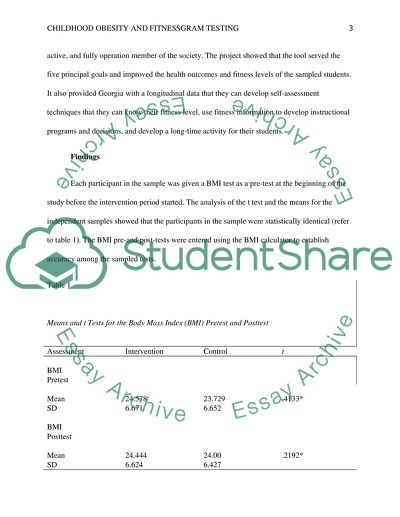Cite this document
(“Childhood Obesity and Fitnessgram Testing Thesis”, n.d.)
Retrieved from https://studentshare.org/health-sciences-medicine/1633809-childhood-obesity-and-fitnessgram-testing
Retrieved from https://studentshare.org/health-sciences-medicine/1633809-childhood-obesity-and-fitnessgram-testing
(Childhood Obesity and Fitnessgram Testing Thesis)
https://studentshare.org/health-sciences-medicine/1633809-childhood-obesity-and-fitnessgram-testing.
https://studentshare.org/health-sciences-medicine/1633809-childhood-obesity-and-fitnessgram-testing.
“Childhood Obesity and Fitnessgram Testing Thesis”, n.d. https://studentshare.org/health-sciences-medicine/1633809-childhood-obesity-and-fitnessgram-testing.


